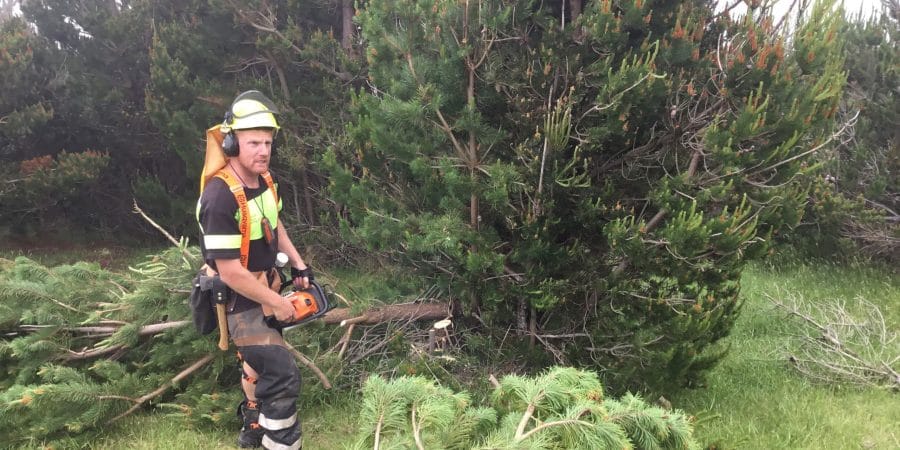- Funding cuts threaten Mid Dome Wilding Trees Charitable Trust’s efforts.
- Trust urges Environment Southland to increase funding from $50,000 to $80,000 annually.
- Wilding trees, New Zealand’s worst weed, could spread to 25% of land area.
A Southland pest control group fears nearly two decades of work could be in jeopardy due to difficult funding conditions. Since 2006, the Mid Dome Wilding Trees Charitable Trust has been working to eradicate rogue pines from over 40,000 hectares east of the Mataura River.
However, the group’s funding has become increasingly difficult to secure. The operation, once valued at $5.5 million, now operates on a significantly reduced budget. Trust chairwoman Ali Ballantine expressed these concerns to Environment Southland, stating the group is beginning to feel the financial strain.
The trust is set to lose $100,000 per annum from Linz starting next financial year. Additionally, the Department of Conservation (DoC) has cut its funding over the past 12 years from $300,000 to just $50,000 annually. Ballantine highlighted the threat of wilding spread infestation due to increasing carbon and productive Douglas fir plantations nearby, which could undo their years of progress.
The trust’s submission for the council’s long-term plan hearing emphasized that wilding trees are considered New Zealand’s worst weed problem, affecting over 2 million hectares of land. This area could expand to 25% of the country’s total land if left unchecked, with Southland being significantly impacted.
The trust holds that the council has a historical responsibility for this issue, given that the Catchment Board instigated plantings at Mid Dome between the 1960s and 1980s. Ballantine urged the council to increase its annual funding from $50,000, which has been stagnant for 18 years, to at least $80,000 per year. She also supported proposed biosecurity and biodiversity rates based on capital value, suggesting that income from landowners within the programme area would be beneficial.
A review of the Mid Dome Wilding Tree Strategy last year revealed that approximately $20 million has been spent on the programme to date. The trust believes it is halfway to its goal of completing the work by 2034.


